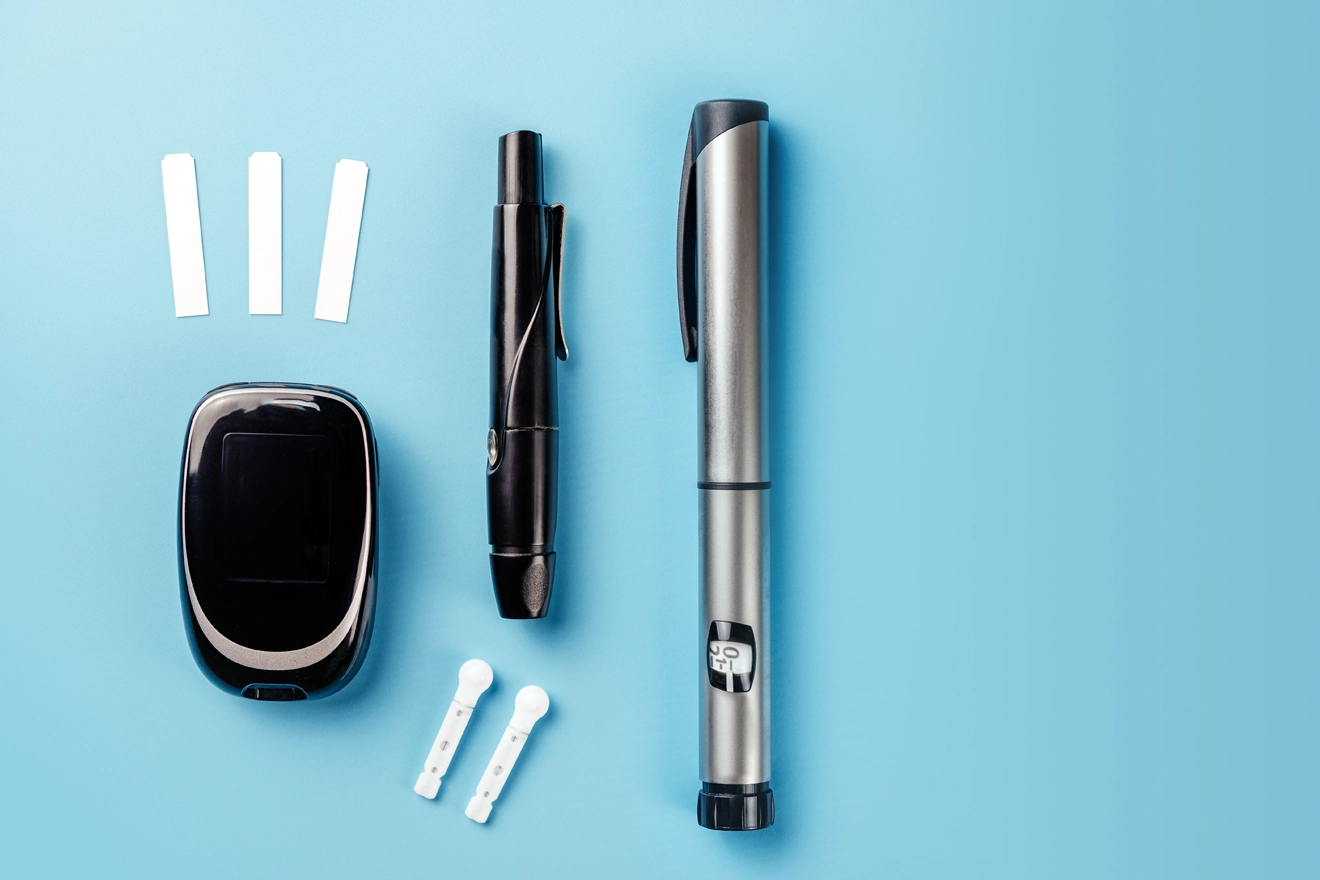
With technological advancements, the adoption of wireless medical devices for patients and healthcare management is growing at a fast pace. It is anticipated that four (04) out of ten (10) medical devices installation will be wireless or portable by 2031, and the wireless portable medical device market is expected to reach USD 33 billion. The wireless medical devices utilize radiofrequency communication such as wi-fi, Bluetooth, cellular or mobile phones. Interoperability is the key feature of these technologies, and all the related concerns are applicable.
Medical device manufacturers of wireless devices and mobile medical applications need to comply with the Regulatory framework set forth by the US Food and Drug Administration (USFDA) and Federal Communications Commission (FCC) to maintain the security of the huge amount of sensitive medical data and the safe use of the Radiofrequency communications. The FCC's Office of Engineering and Technology (OET) oversees the regulation of wireless medical devices, including equipment authorization, testing for radiofrequency safety, and radio spectrum regulation. The OET looks after specific services and applications which operate under specific frequency bands. They include MedRadio (Medical Device Radio-Communication Service), MBANS (Medical Body Area Networks), Medical Micropower Networks (MMN), and Wireless Medical Telemetry Service (WMTS), which are authorized under Part 95 of FCC. The medical device technologies are categorized as short-range and long-range radiofrequency medical devices. The short-range wireless devices transmit data from patient devices to either stand-alone or central monitoring stations. On the other hand, the long-range device transmits data directly from the local receiver or monitor to a remote monitoring location.
The US FDA accepts the submission requests for both licensed and unlicensed medical devices by FCC. Since the licensed spectrum allows usage of a specific frequency, interference from other wireless devices is minimal. On the other hand, the unlicensed medical devices are operational in any frequency band available under the rules mentioned in Part 15 and usually face interference from other devices. The onus of demonstrating that such interferences are non-harmful lies with the manufacturer.
Under the US FDA regulations, manufacturers and developers of wireless technology in medical devices shall take into consideration various aspects during development, testing, validation, and use of the device, i.e.:
- Selection of right wireless technologies
- Wireless Quality of Services (QoS)
- Wireless coexistence
- Security of wireless signals and data
- Electromagnetic Compatibility (EMC) of the wireless technology medical devices
- Information of the set-up and operation of the wireless medical devices
- Device life cycle and maintenance through the post-approval phases
The FCC rules for wireless medical devices are reflected in Title 47 of CFR, and the medical devices using Radio Frequency (RF) communications must be authorized under 47 CFR part 2. The Office of Engineering and Technology (OET) of FCC administers the equipment authorization program. The FCC has an accredited Telecommunication Certification Body (TCB) for the evaluation and authorization of devices. The test data submitted by manufacturers or test laboratories are reviewed and accepted by TCB only after performing laboratory wireless compliance audits to ensure accuracy. On successfully passing the review, TCB grants a certificate giving legal authorization to the wireless device for marketing. Post granting of authorization by TCB, FCC posts about the device registration grant on its website.
There are two pathways for approval of wireless devices – Certification and Supplier’s Declaration of Conformity (SDoC). The following steps summarize the registration and authorization procedure of wireless medical devices:
- The manufacturer shall determine applicable FCC rules, including the technical requirements and administrative parts as defined under 47 CFR part 2, Subpart J.
- The manufacturer shall evaluate and determine if the equipment authorization shall undergo Certification or SDoC.
- The device shall be tested to demonstrate compliance with technical requirements. The device undergoing certification process shall mandatorily be tested by an FCC-recognized accredited testing laboratory, whereas the devices undergoing SDoC can be tested in laboratories with a record of measurement facilities.
- The manufacturers or developers of devices under SDoC shall maintain all technical documentation, and the compliance information shall be supplied along with the device. The Certification is a more rigorous process, and the manufacturer shall obtain a 10-digit FCC Registration Number (FRN) and the Grantee Code before applying to TCB. The certified devices are uploaded in the FCC Equipment Authorization Electronic System (EAS) Database.
- The product shall be labeled as per the FCC labeling guidelines for hassle-free importation and marketing of devices. The manufacturer shall maintain all the necessary documentation to demonstrate the manufacturing of compliant products.
Wireless technologies have introduced remarkable progress in tracking patient safety and remote monitoring, and with deeper market penetration, they are anticipated to revolutionize the healthcare industry in the coming years. These devices are under dual regulation by both the FCC and the US FDA. The developers and manufacturers of wireless medical devices shall determine the applicable regulations and the registration pathways during the development phase. It is crucial for timely approval and to avoid Regulatory complexities in approval.
To know more about the regulation of wireless technology in medical devices in the USA or all other global markets, reach out to Freyr, a proven Regulatory partner to 200+ global Medical Devices customers.









